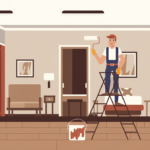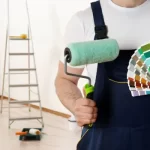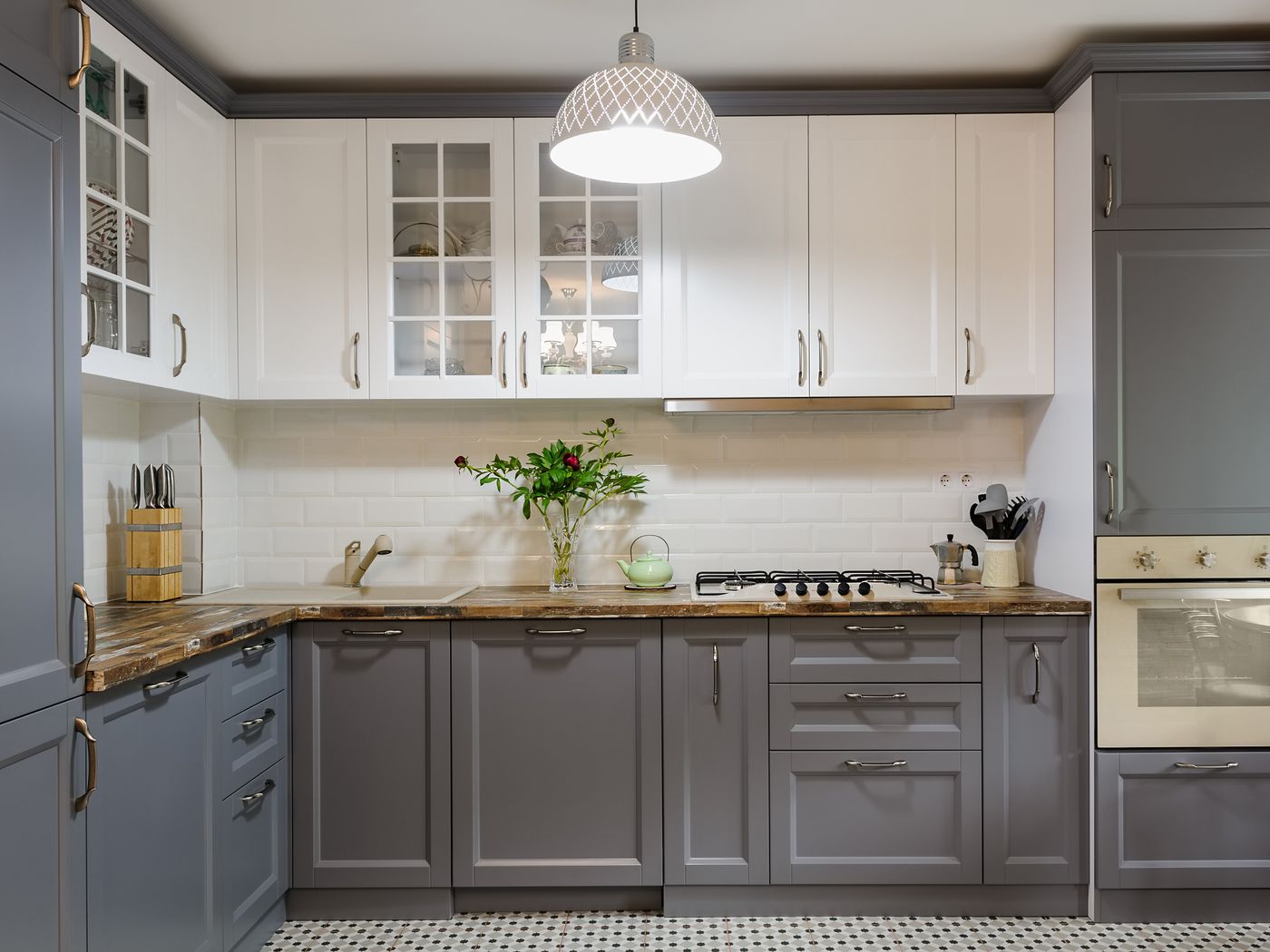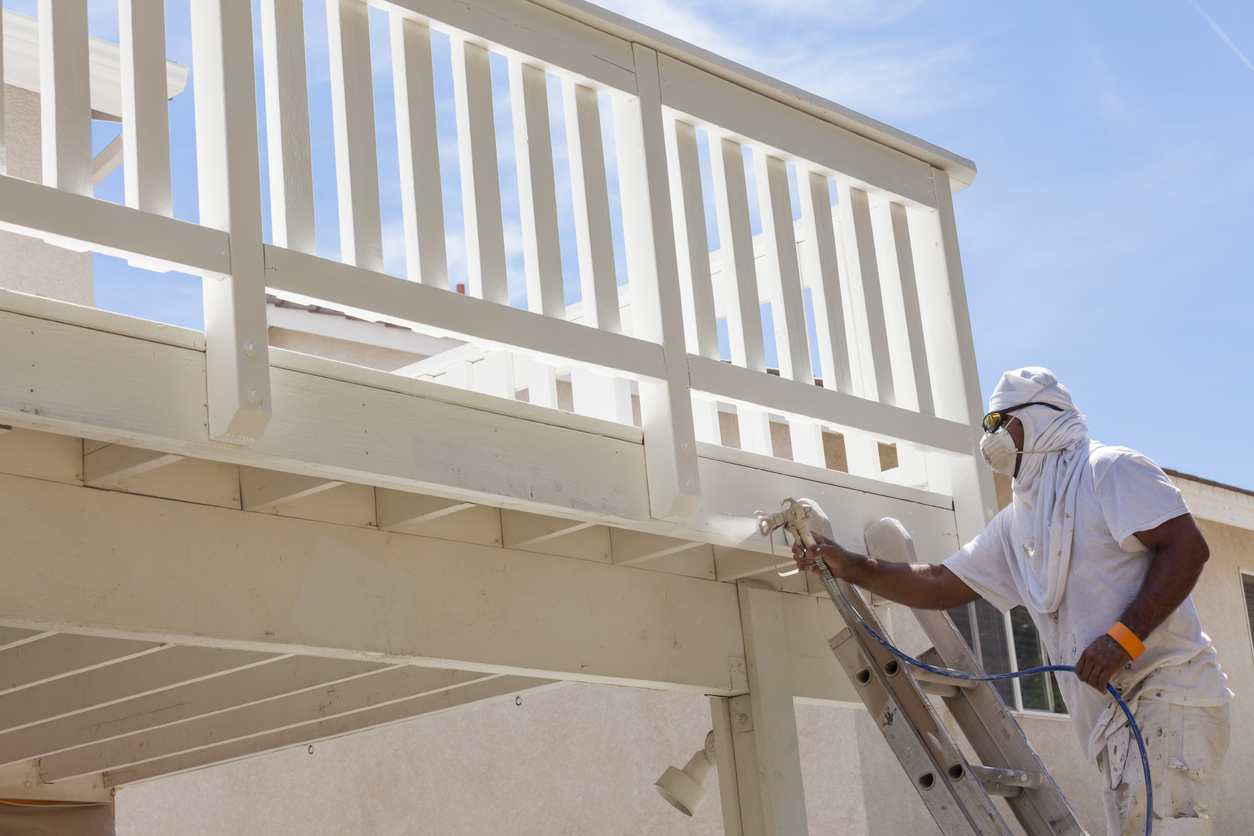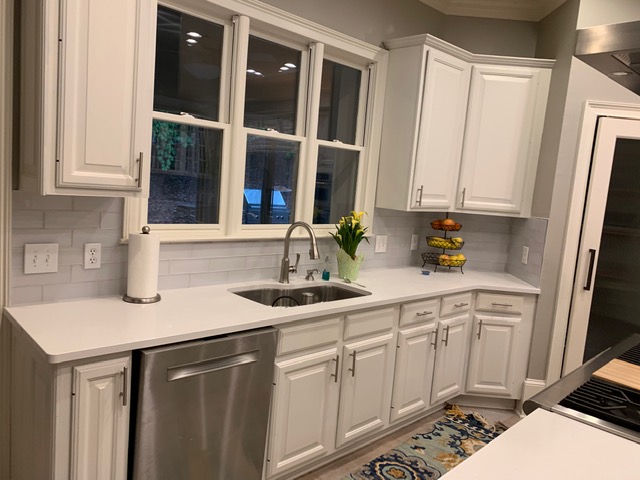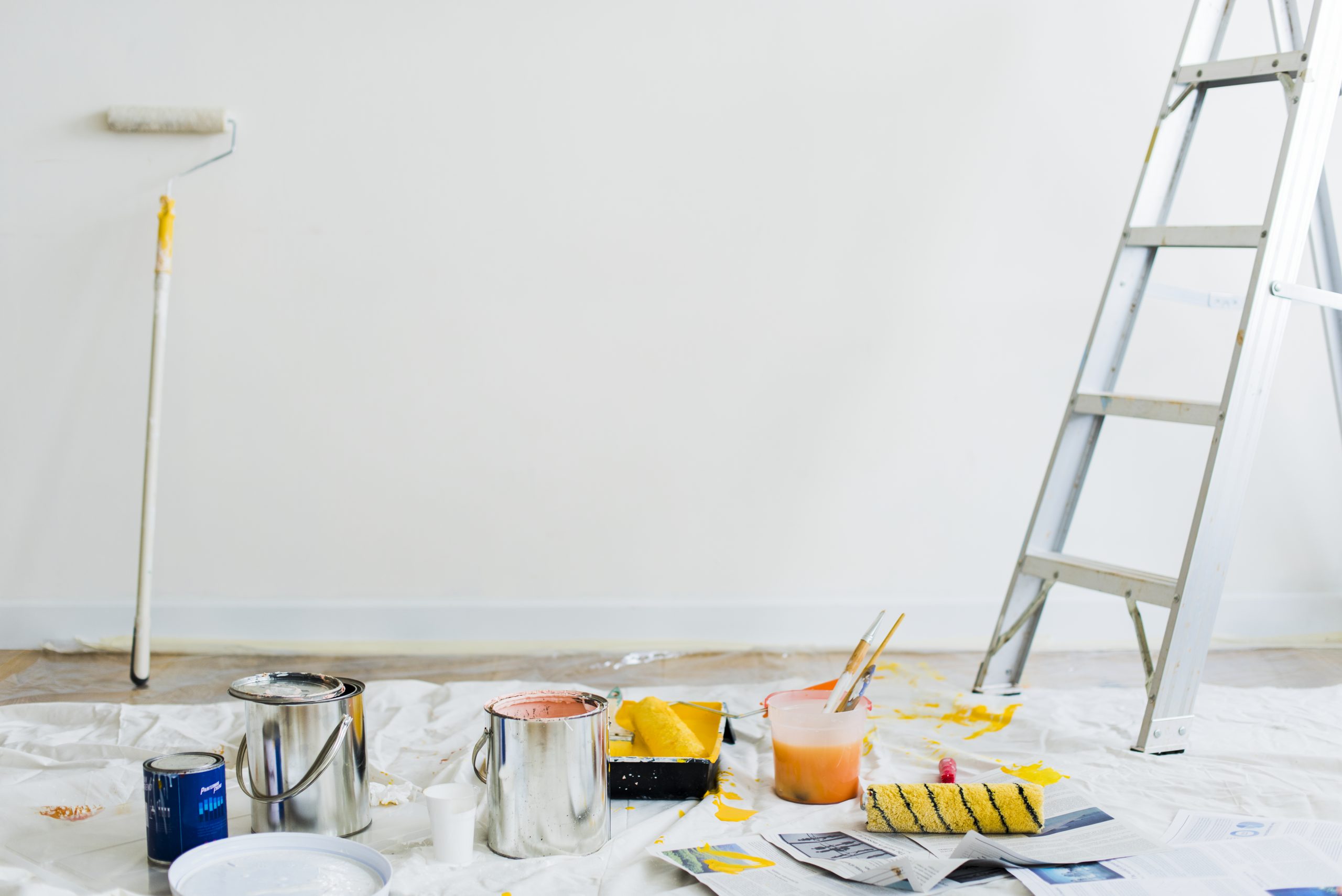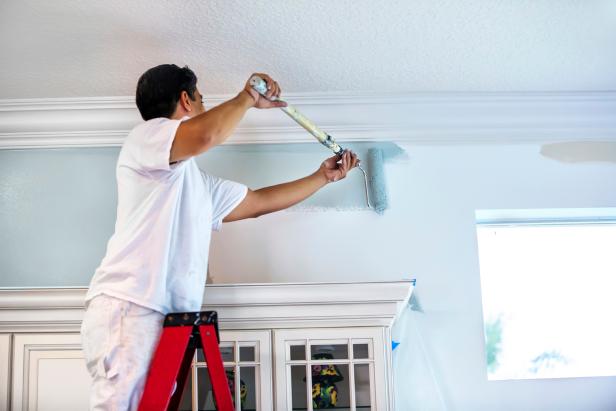Expert Tips for External Painting: Transform Your Home’s Exterior
Giving your home’s exterior a fresh coat of paint can dramatically enhance its curb appeal and protect it from the elements. Whether you’re a seasoned DIYer or a first-time painter, these expert tips will help ensure a smooth and successful project for exterior house painting Hills District.
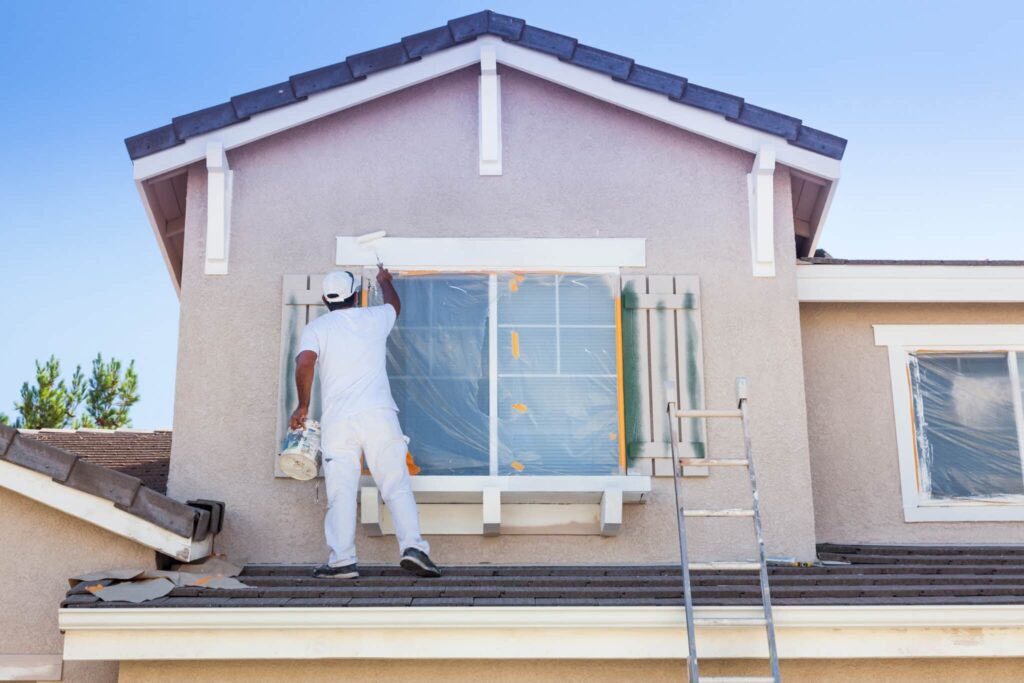
Content
1. Choose the Right Time
Weather plays a crucial role in exterior painting. Aim for mild, dry weather to ensure the paint adheres properly and dries evenly.
- Ideal Temperature: Paint when temperatures are between 10°C and 30°C (50°F and 85°F). Avoid painting in direct sunlight, as it can cause the paint to dry too quickly and result in uneven coverage.
- Avoid Humidity: High humidity can interfere with the drying process, leading to blistering and peeling. Check the forecast and choose a day with low humidity.
2. Prepare the Surface
Proper preparation is key to a long-lasting paint job. Invest time in cleaning and repairing the surface before you start painting.
- Clean Thoroughly: Use a pressure washer to remove dirt, mildew, and loose paint. For stubborn stains, scrub with a brush and a mixture of water and mild detergent.
- Repair and Sand: Fill any cracks or holes with exterior-grade filler and sand the surface to create a smooth, even base. Remove any loose or flaking paint with a scraper.
3. Choose Quality Paint and Materials
Investing in high-quality paint and materials will pay off in the long run with better coverage, durability, and a more professional finish.
- Exterior Paint: Use paint specifically formulated for exterior use, which can withstand weather conditions and resist fading. Consider using a paint-and-primer-in-one product for added convenience and durability.
- Brushes and Rollers: Select brushes and rollers designed for exterior painting. Use synthetic bristles for latex paint and natural bristles for oil-based paint.
4. Prime the Surface
Priming is essential, especially if you’re painting a bare surface, making a significant color change, or painting over patched areas.
- Use a Quality Primer: Apply a high-quality primer to ensure the paint adheres well and to create a uniform base for the topcoat.
- Spot Priming: If the surface is in good condition, you can opt for spot priming, focusing on repaired or bare areas.
5. Use Proper Techniques
Applying the paint correctly is crucial for achieving a professional-looking finish.
- Brush First: Start by cutting in around edges, corners, and trim with a brush. This helps to cover areas that rollers can’t reach effectively.
- Roller Next: Use a roller for larger, flat surfaces. Apply paint in a “W” pattern, then fill in the gaps for even coverage. Work in small sections to maintain a wet edge and avoid lap marks.
- Two Coats: Apply at least two coats of paint for a durable finish. Allow the first coat to dry completely before applying the second.
6. Pay Attention to Details
Details can make a big difference in the overall appearance of your paint job.
- Trim and Accents: Use a different color or finish for trim, doors, and other accents to add visual interest. Use painter’s tape to create clean, crisp lines between different colors.
- Avoid Drips and Runs: Check for drips and runs as you paint and smooth them out immediately with your brush or roller.
7. Safety First
Painting the exterior of your home involves working at heights and using potentially hazardous materials. Prioritize safety throughout the project.
- Ladders and Scaffolding: Ensure your ladder or scaffolding is stable and positioned on level ground. Use a harness or safety belt if necessary.
- Protect Yourself: Wear protective clothing, gloves, and eyewear. Use a mask or respirator to avoid inhaling paint fumes and dust.
8. Clean Up Properly
Proper cleanup is essential for maintaining your tools and the environment.
- Clean Brushes and Rollers: Clean your brushes and rollers immediately after use with the appropriate solvent (water for latex paint, mineral spirits for oil-based paint).
- Dispose of Waste Responsibly: Dispose of paint cans, rags, and other materials according to local regulations. Never pour paint or solvents down the drain.
Conclusion
Painting the exterior of your home is a rewarding project that can significantly enhance its appearance and value. By following these expert tips, you’ll ensure a smooth, professional-looking finish that lasts for years to come. Happy painting!

I am Scott Miller and my love is writing about home improvement. I write mostly about home ideas, but also share some tips and tricks that can make your life easier when it comes to getting things done in the house.


